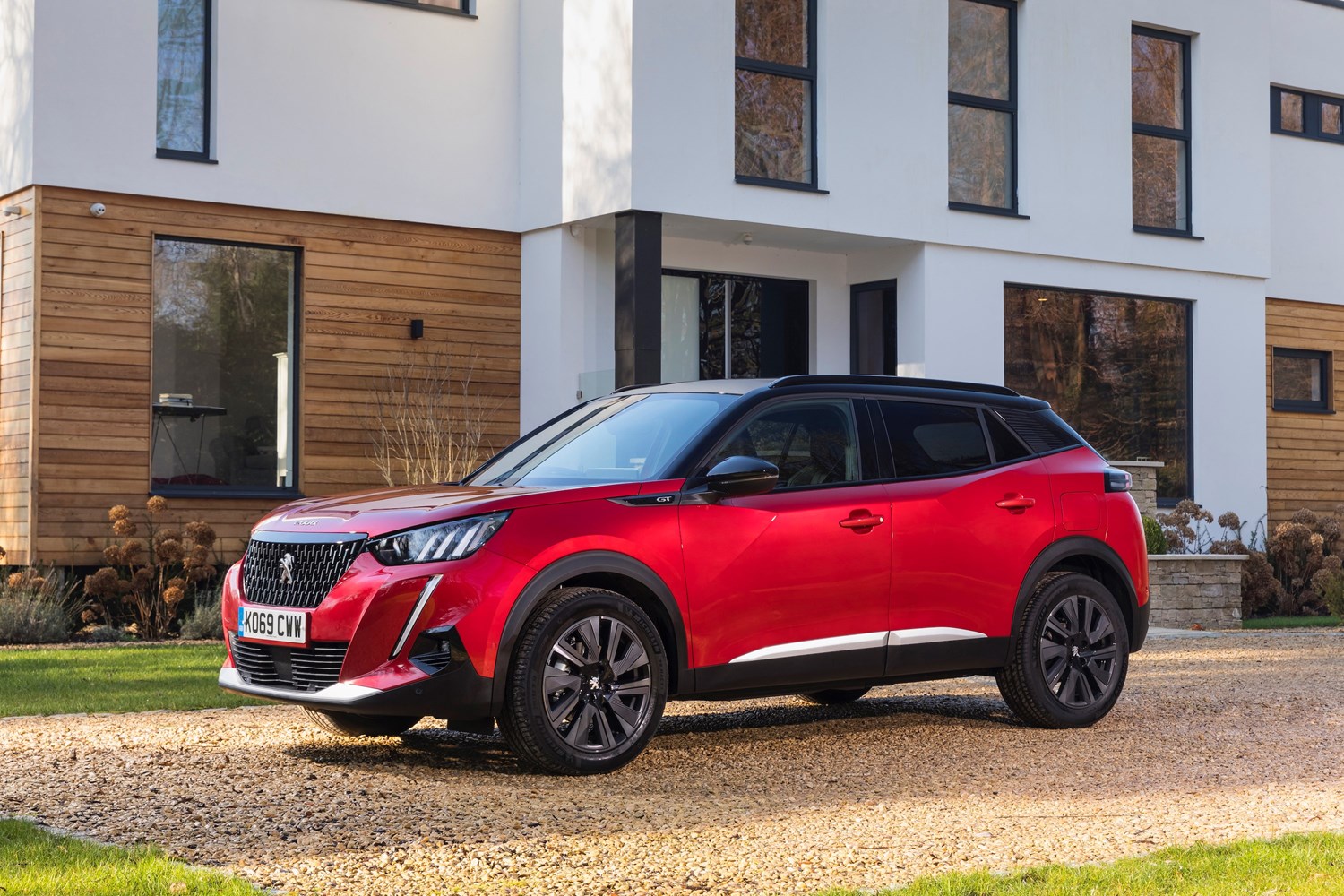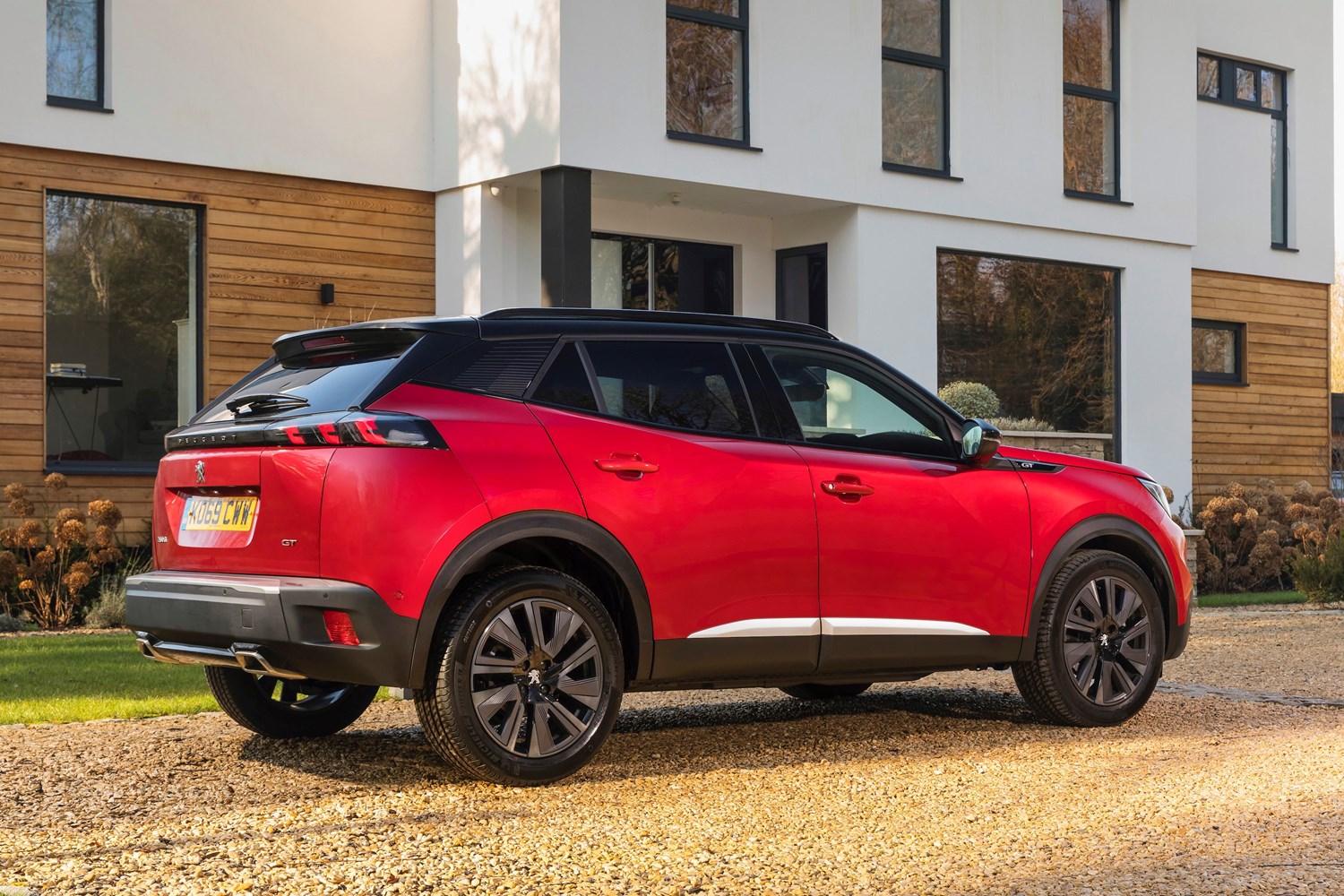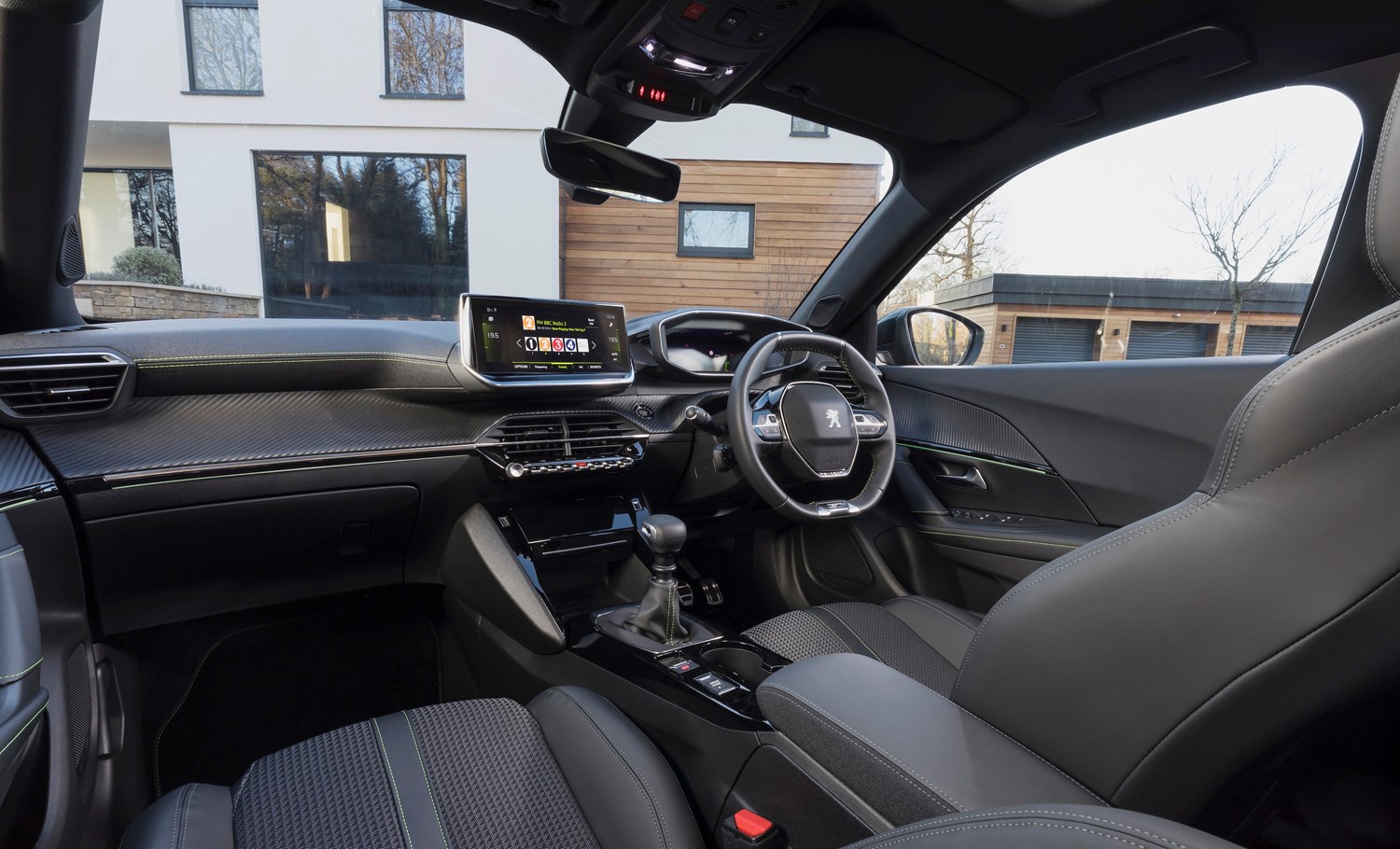Current model
The latest-generation 2008 was launched in 2020 and straight off you can tell it is looking to tackle the competition head on. It had a bold new look inspired by the latest 208, which is now more aggressive and falls in line with the design direction across the Peugeot range.
While the original 2008 was fun, practical and affordable, this all-new version takes the old one and takes it to the next level. The biggest difference, looks aside, is the quality of the materials used in the cabin – feeling more upmarket, and if anything, you could be forgiven for thinking it was a more premium offering.
The 2008 is built on the same CMP small car platform as the 208, and it gets a mix of powertrains from a 1.2-litre PureTech petrol with three power outputs, a 1.5-litre BlueHDi diesel or an electric version badged e-2008 – a welcome addition to this segment.
Value for money
The overall build quality is a major improvement over the old 2008, but you will end up paying for it as new models are quite expensive, especially when you start looking at higher specification models. Mid-spec models come pretty well equipped though. Prices start from £21,665, for an entry-level Active Premium car, though prices easily rise above £25,000 for mid-spec models. Electric versions are also quite pricey – costing from £33,320 and rising to a steep £38,530 for top-spec versions. These are also now more expensive due to no longer qualifying for the government’s revised electric car grant.
For a bargain, however, it’s best to have a scroll through the classifieds, because there’s no shortage of previous-generation versions that can be picked up on a tight budget. The cheapest ones start at around £4,500 – and that’s for a 2014 car with around 100,000 miles-on the clock. Prices for facelift cars start at a bit more – around £7,000. At the time of writing, you could expect to save a few thousand pounds off a nearly-new version.
Looks and image
The latest-generation 2008 is quite a different proposition to the model it replaces. While it may sit in the same class, it looks far more modern and aggressive. The front end carries with it the Peugeot design language we’ve seen in other models like the 208 and 508 – meaning lots of quirky angles, a prominent grille and those daytime running lights that look like fangs. Around the back, the taillights have a hint of Lamborghini Urus about them, due to the way they’re narrow and stretch across the boot in one piece. It’s very effective and highlights just how much Peugeot is pushing upmarket.
It’s not just on the outside where things have improved. The cabin is a major enhancement, with lots of tech and high-quality materials, especially if you look at higher spec models that feature Alcantara or Nappa leather. Even lower spec models have a premium feel to them, so you won’t feel like you’re missing out if you don’t opt for a higher trim level.
The centre console is dominated by a seven- or 10-inch infotainment screen alongside Peugeot’s digital i-Cockpit, which sits slightly higher than in most cars. If we had to be critical, then it does mean the driving position is slightly unnatural if you want to see the dials.





